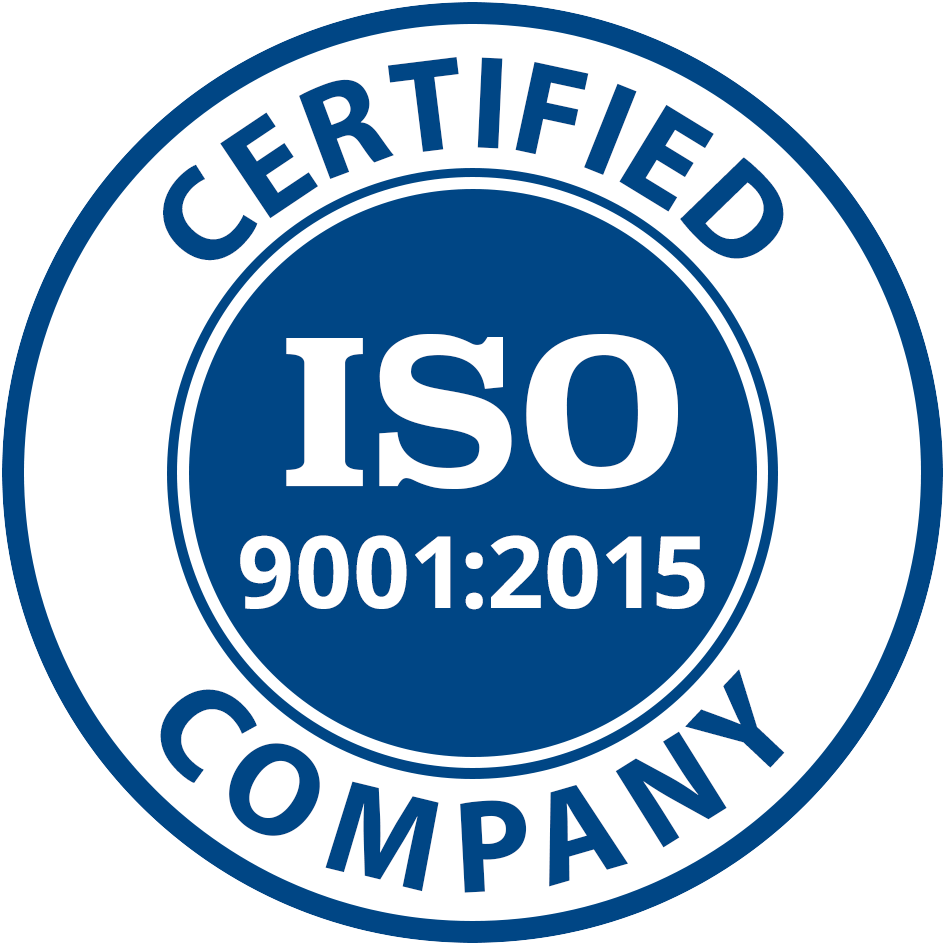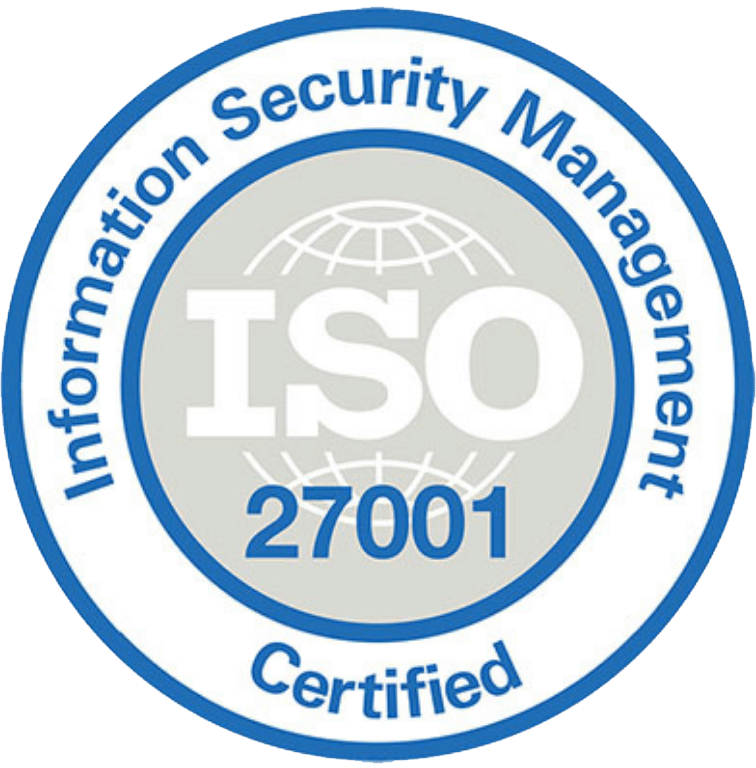By Matt Knuth, Director – Reliability Solutions
As a reliability professional, I can’t tell you how many times over my career I’ve visited customer sites and have been shown boxes full of sensors, sitting in the corner of the maintenance managers office gathering dust. There’s a different story behind each one of these boxes, but usually it has similar plot points:
- The customer sees exciting marketing material around a particular provider’s wireless condition monitoring solution..
- The customer gets excited — they’re maybe even a little frantic: their margins are tight, and every second of unplanned downtime has major consequences. They need this to work.
- They are promised the moon. Instant ROI, zero downtime, expert AI enhanced analysis, 24/7 coverage, service and support. The contract is signed, the solution provider installs a few boxes of sensors… and that’s it. Very little contact with subject matter experts, false alarms, zero integration, no onsite follow up and most importantly, very little actionable insights provided to the client rendering the data useless.
What’s missing here: hands-on support to ensure proper installation and implementation of the sensors , white glove service to help the company interpret the data they’re pulling from the sensors, and strong processes to ensure that the company is getting what they need and expect
Finding a partner that provides all the above isn’t easy. The first step: companies need to know what they want out of wireless condition monitoring, and what they don’t.
A broader view of wireless condition monitoring
Choosing wireless condition monitoring solutions can feel stressful. Unplanned downtime is expensive and a serious headache for everyone involved, and so there’s a lot riding on making the right choice. Doing so largely depends on how carefully you vet your partner, and how carefully you’re thinking about what you expect from your solution.
Here’s what I mean: when people enter a partnership with a wireless condition monitoring provider, they often assume that what they’re buying is technology. But this view can be limiting.
At UpTime Solutions, we take a broader view on what constitutes strong wireless condition monitoring. It should include technology, yes, but as a customer, you should be confident you’ll be able to leverage your partner’s expertise, as well as a defined set of processes they’ve set up to ensure their solution delivers. You may have heard of the People, Process, and Technology (PPT) framework: basically, it’s a way of looking at companies which emphasizes that all three of these elements need to be in place for organizational success. But it’s also a helpful rubric for choosing who to partner with for your wireless condition monitoring. Your partnership shouldn’t be a technology transaction — the end goal is to increase your uptime. And more uptime usually stems from partnerships that respect PPT: people, processes, and then, finally, technology.
Let’s unpack each of these in turn.
The importance of real people
An engagement with a third-party provider should never be purely transactional. Fundamentally, it’s a relationship. And relationships should be backed by a spirit of true partnership and genuine expertise. UpTime has been in the business for over 20 years, and, in our time, we’ve seen many different companies come and go. The differentiating factor is often how seriously a company takes its relationships with customers.
This isn’t a sentimental point — it has a strong bearing on how successful your condition monitoring solution will be. With real people and real partnerships, you should be able to count on hands-on support from the solution provider to get your sensors set up correctly. And you should be able to call the company anytime to help you interpret the data you’re getting from those sensors. Partnerships should feel like you’re connecting your facility with experts who increase your ability to monitor your assets.
Good wireless condition monitoring partners are willing to get their hands dirty, visit your site, and stay in contact to make sure everything is working as it should.
Proven processes turn raw data into insight
The next element in the equation is proven processes. Competent wireless condition monitoring providers will have a tested strategy for delivering you actionable data on your assets. Usually, this strategy will comprise strong diagnostic reporting, software that can help you untangle raw data and convert it into insights, and a plan to scale the solution, if need be, to meet the full needs of your operation.
Strong processes aren’t a nice-to-have — they’re what separates a dusty box of sensors from a functional wireless condition monitoring installation.
Finally: the right sensors
Technology is the final factor. While sensors aren’t enough, it’s still very important to choose the right ones for your facility.
In making your choice, you should put a premium on durability and size. You want sensors that will be rugged enough to withstand the tough conditions on your line, and you want them to be able to fit into tight spaces so that you can get accurate readings from every piece of equipment you’re wanting to track.
Another way to ensure accurate readings is to not over-rely on one method of data acquisition. UpTime’s MistLX sensors for example, use ultrasonic, vibrational, and temperature sensors to make sure the readings we pull are accurate.
Invest in real solutions
At the end of the day, wireless condition monitoring is about ensuring your equipment stays running, your team stays ahead of failures, and your operation stays efficient. Good wireless condition monitoring providers understand this, and they bring real expertise and a commitment to partnership to every engagement.
Again, the sensors matter, but they’re only as good as the people and strategies behind them. That’s why successful wireless condition monitoring partnerships are usually oriented around strong relationships and strong processes.
Because uptime isn’t just a goal — it’s a commitment.


